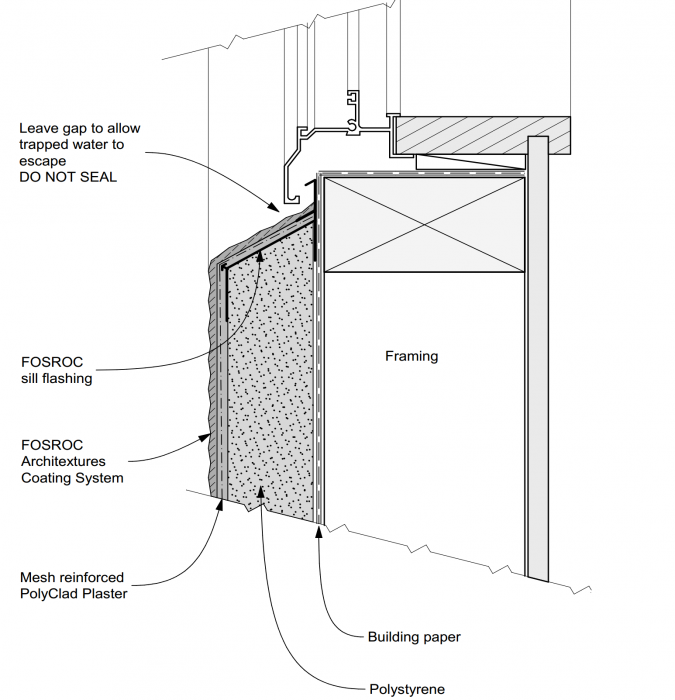Stucco window sill
No flashing but well treated framing
This is a common window sill with stucco. To form a deeper reveal the window has been set back onto 50mm battens which increases the window reveal 40mm plus the thickness of the stucco.
The chicken wire showing is the reinforcing to the stucco, hammered down onto the framing which is not ideal. The plaster sill has been formed about 15mm over the sill flange of the window which over time has repeatedly cracked and let water in.
Three things have saved this building.
- The timber framing was wet frame boron at a level greater than current H1.2 - probably to the old C8 which is 0.8%BAE twice current treatment. C8 is insect, decay and termite resistant
- The stucco is over a cavity batten - yes we have been using cavity battens since the boron inquiry of 1952 - just it costs extra for the 1 inch furring battens. Unfortunately the cavity system had a horizontal batten around the base that prevented air circulation but the gap meant the stucco was not in direct contact with the framing so the boron was not severely leached
- Previous owners had regularly painted which temporarily resealed the sills. It could then dry out and with treated timber decay was being managed. You can see all the thick paint onto the window flange.
When we invasively tested this home 25 years after it was built we found wet framing and early decay in the outer 10-20mm of bottom plates below windows. Not enough for structural concern but enough of a concern some form of intervention was required to get this building to its 50th and onto its 70th birthday.
Metal sills were installed and it dried out in just over a year. What's unique here is the building nearly had 2 of the 'belts and braces' - treated timber and a cavity. It just lacked flashings. Now these are installed this home does not need a reclad. If the framing was H1 or untreated and face fixed it would be in a seriously damaged state.
 logo
logo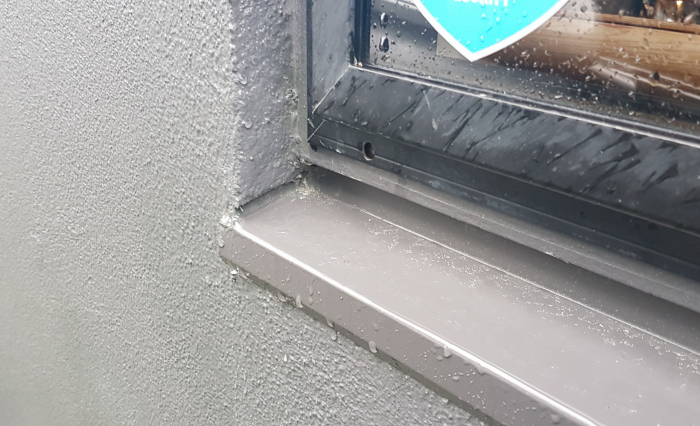
 Window featureband moulding issues Folder
Window featureband moulding issues Folder 20250418_153631 _SC_
20250418_153631 _SC_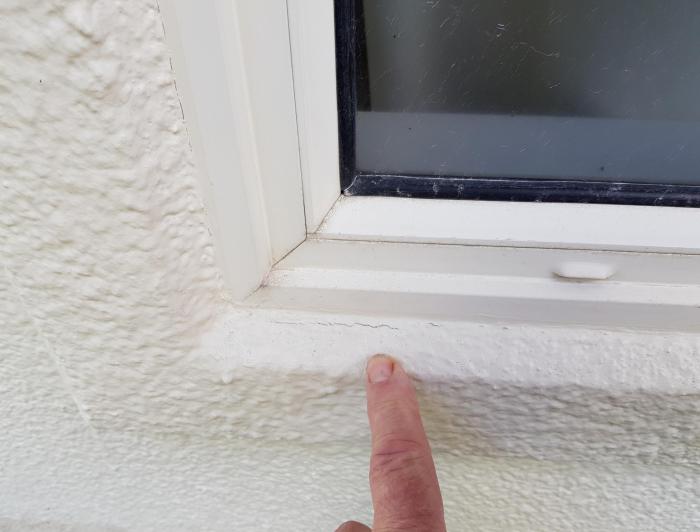
 20250418_153647 _SC_
20250418_153647 _SC_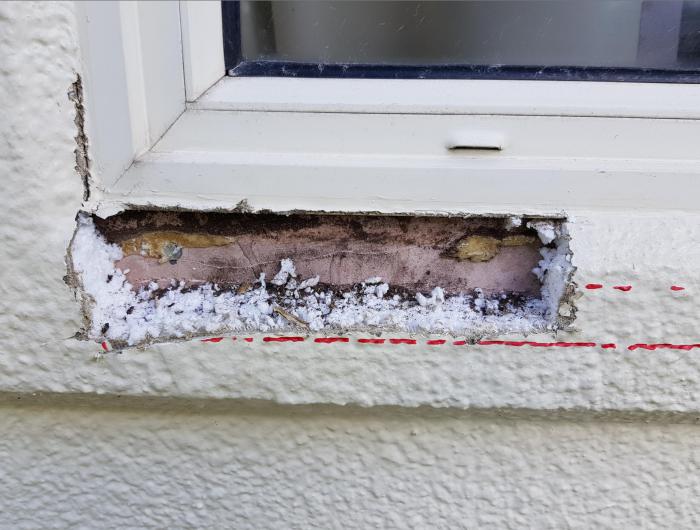
 20250418_154017 _SC_
20250418_154017 _SC_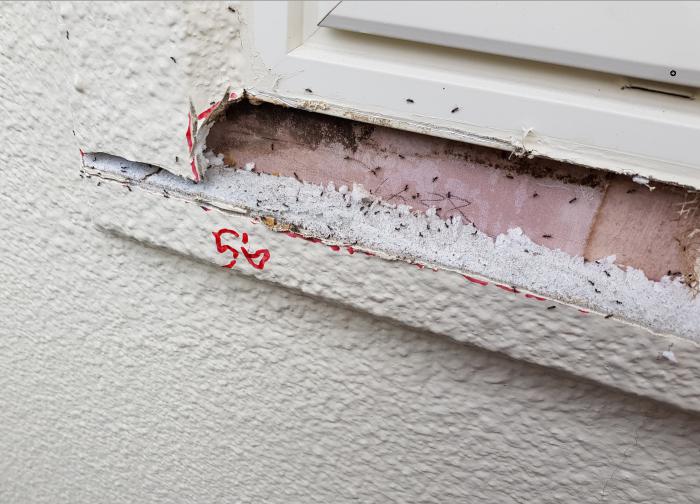
 Window sill replacement plaster homes Folder
Window sill replacement plaster homes Folder 01 Standard plaster sill
01 Standard plaster sill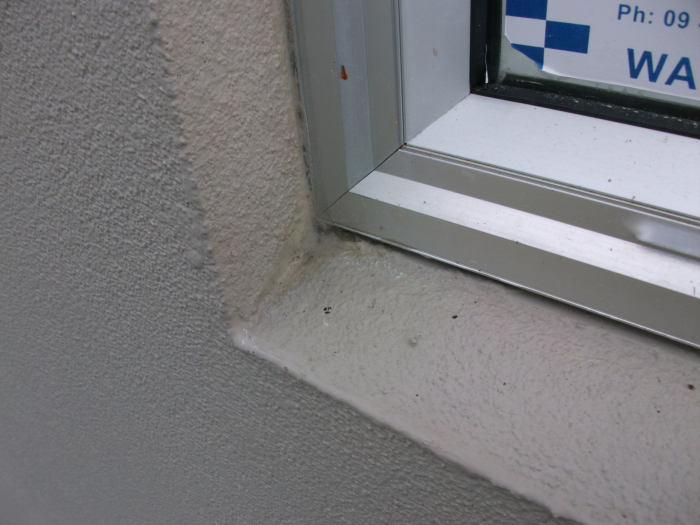
 80 stucco without sill
80 stucco without sill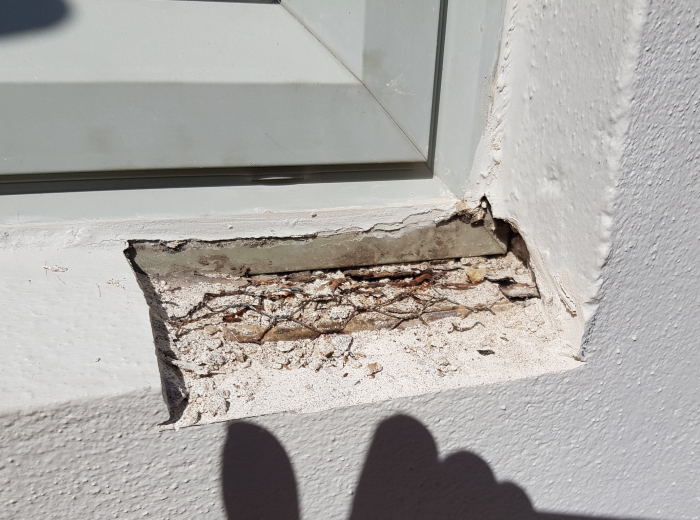
 Bowed pvc
Bowed pvc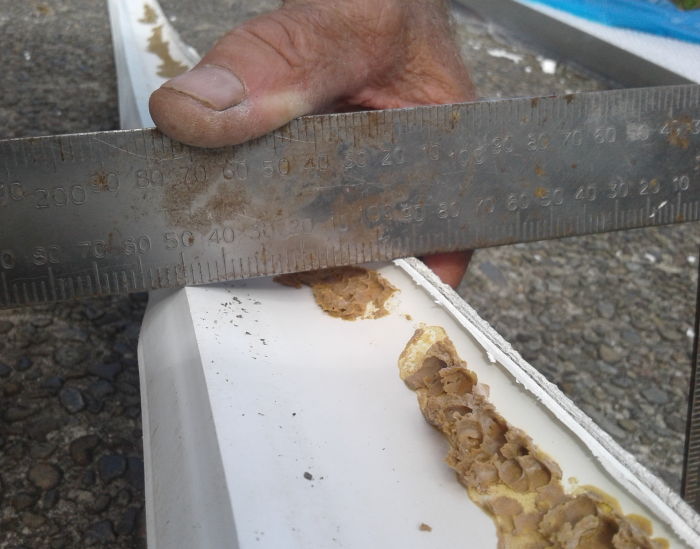
 Corner soaker melted
Corner soaker melted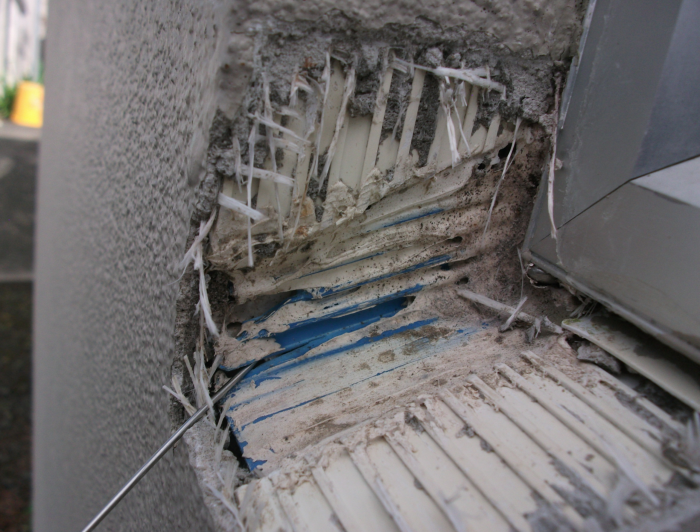
 Cracked sill
Cracked sill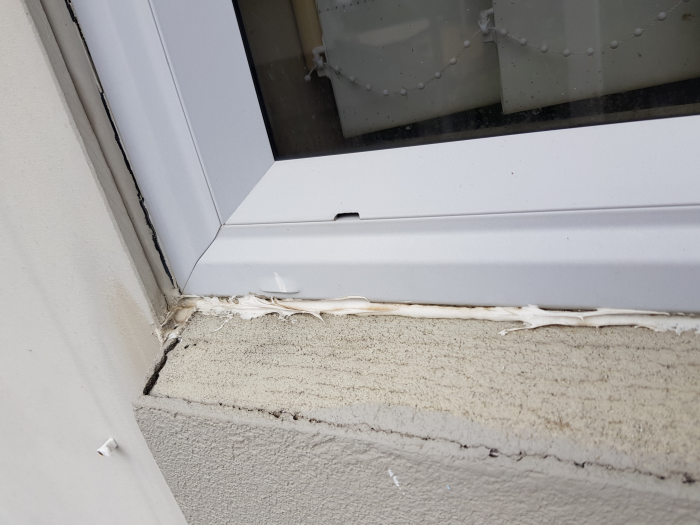
 High scan
High scan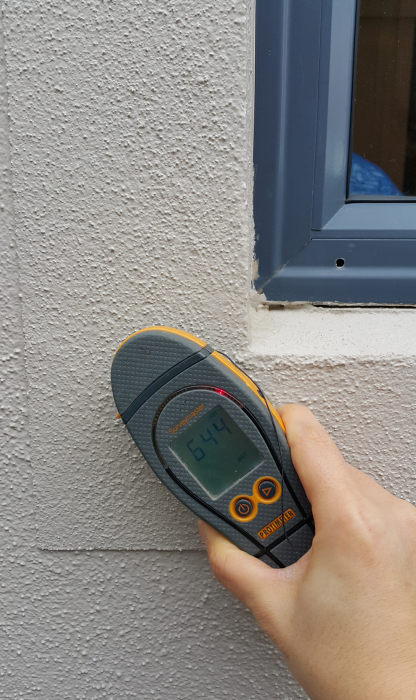
 Insulclad 1993 PVC sill
Insulclad 1993 PVC sill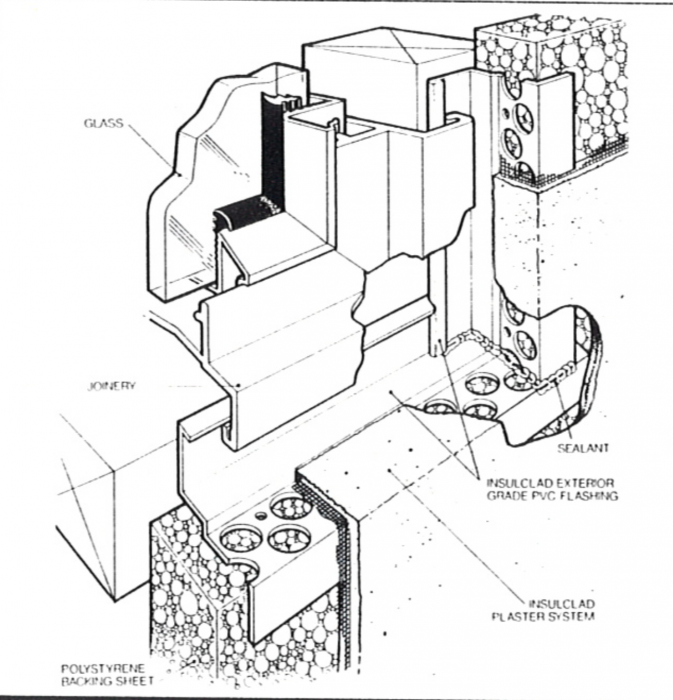
 Insulclad 2002 PVC sill
Insulclad 2002 PVC sill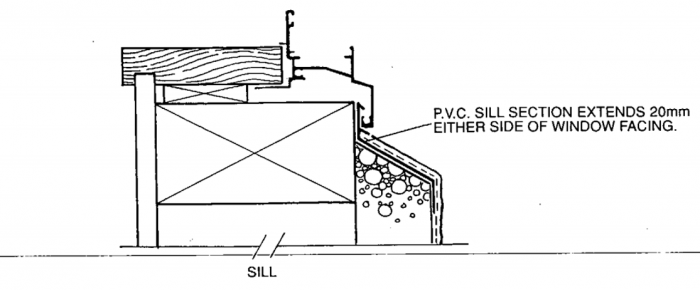
 Insulclad 2004 PVC sill with cavity
Insulclad 2004 PVC sill with cavity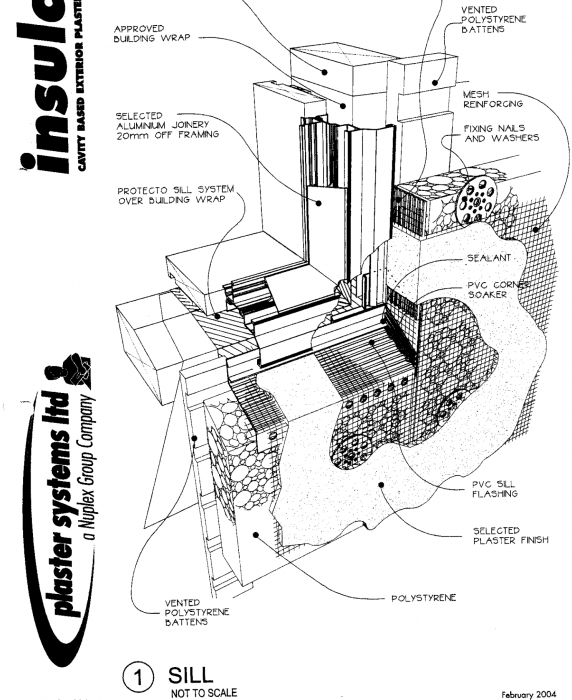
 Insulclad early PVC sill
Insulclad early PVC sill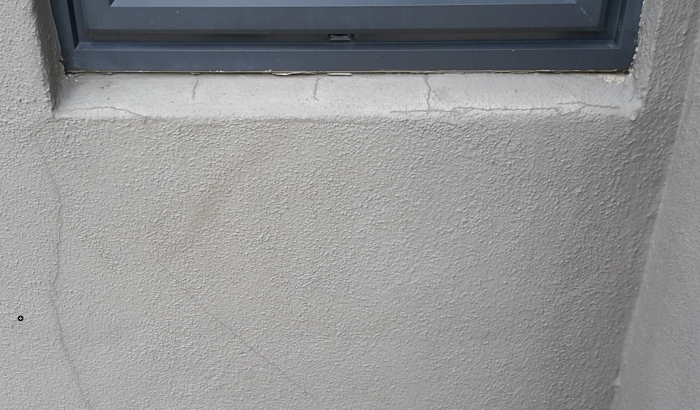
 Old pvc
Old pvc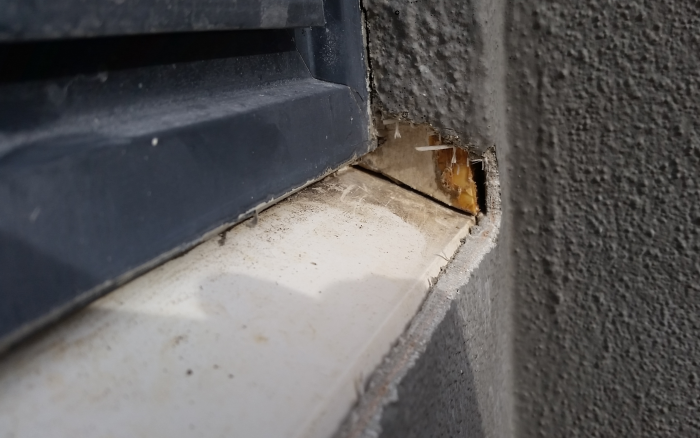
 PVC sill not sealed
PVC sill not sealed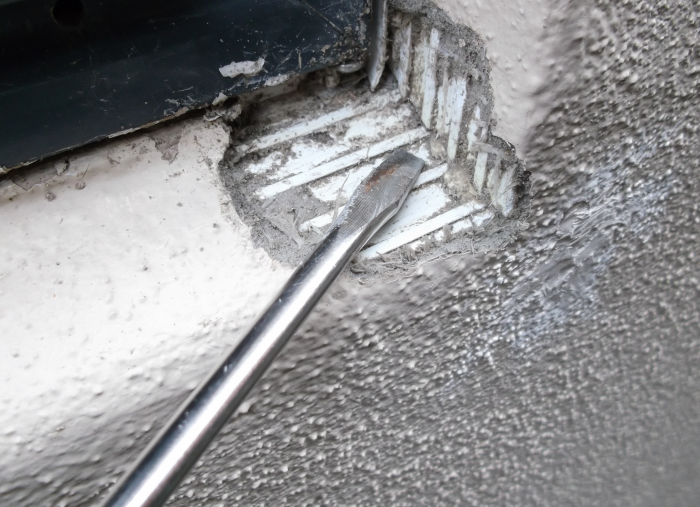
 Window sill replacement
Window sill replacement